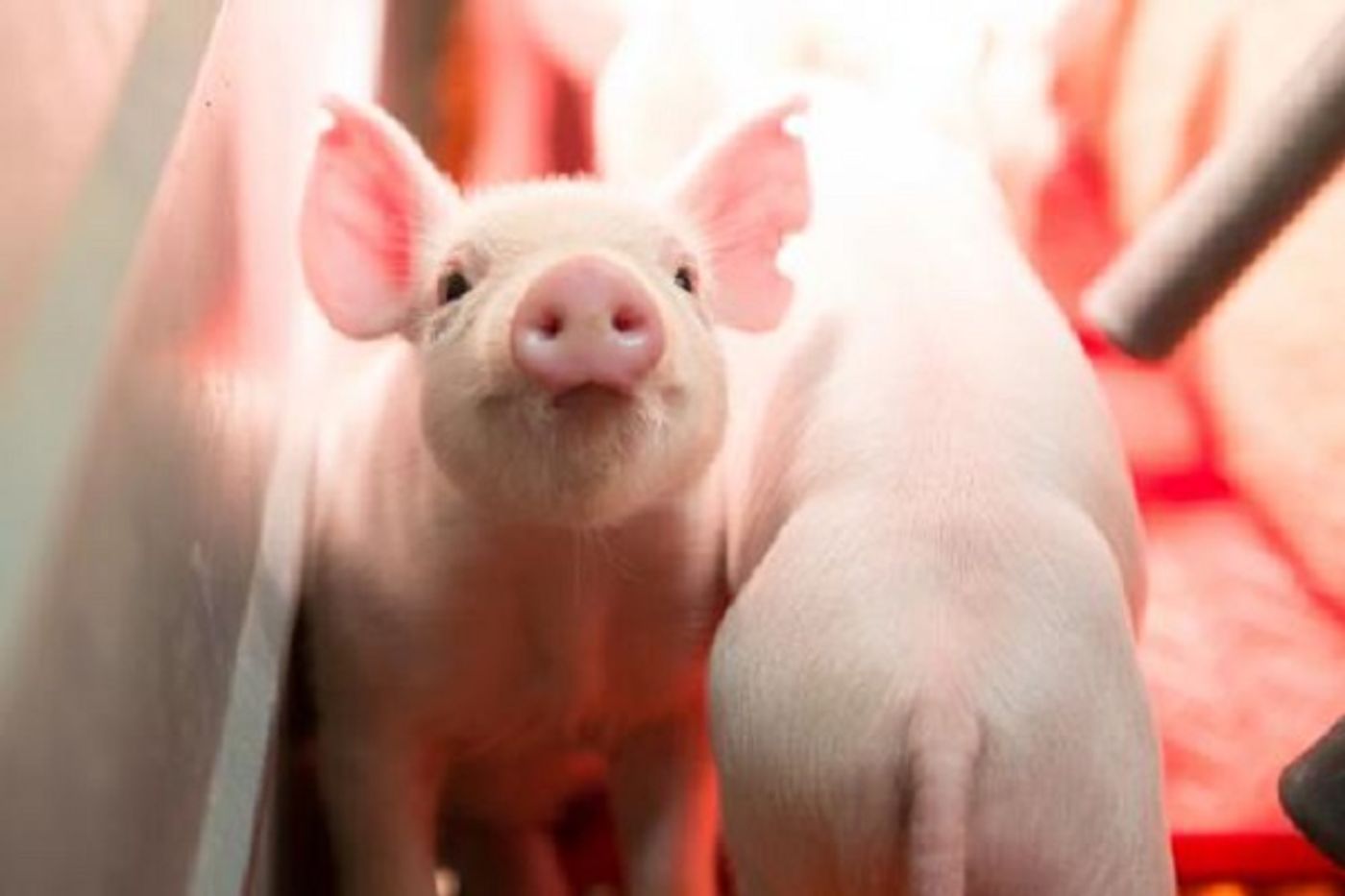Eighteen piglets born recently are the result of two years of intense research by scientists in the College of Agriculture and Natural Resources, University of Maryland, and represent what they characterize as a breakthrough in the field of genetic engineering.
Bhanu Telugu, PhD, assistant professor, Department of Animal & Avian Sciences (ANSC), and Ki-Eun Park, PhD, faculty research assistant, ANSC, have successfully produced genome-edited pigs using a recently developed, novel technique called the clustered regularly interspaced short palindromic repeats (CRISPR) system.

Known as a "target and replace/modify function" for DNA, the CRISPR system has dramatically improved scientists' ability to disable genes or modify their function inside any living cell.
Originally discovered in a natural system used by bacteria to protect themselves from infection by viruses, the CRISPR method is now being tested in various biomedical applications on a variety of species. Park and Telugu's lab is one of only a handful in North America to successfully use the method in pigs.
"From a biomedical standpoint, the pig is really one of the most important animals," says Telugu, noting that other large animal models such as cows or sheep don't have digestive systems, diets, or physiology similar enough to humans' to provide insight into human diseases. Park and Telugu were able to put their own "spin" on the method, discovering a way to directly modify nucleotides, rather than deleting specific genes to achieve their desired result. The duo is pursuing a patent on this technique.
Park and Telugu's research is not related to production for human consumption. Now that the researchers have been successful using this technology, they plan to look for applications that would improve animal welfare, including disease resistance. Telugu recently received a $1.6 million grant from the USDA's National Institute of Food and Agriculture (NIFA) to research flu resistance in pigs.
He plans to further that research using this new technique and to look for ways to study other human diseases through the pig model, such as diabetes and obesity.
[Source: University of Maryland]









